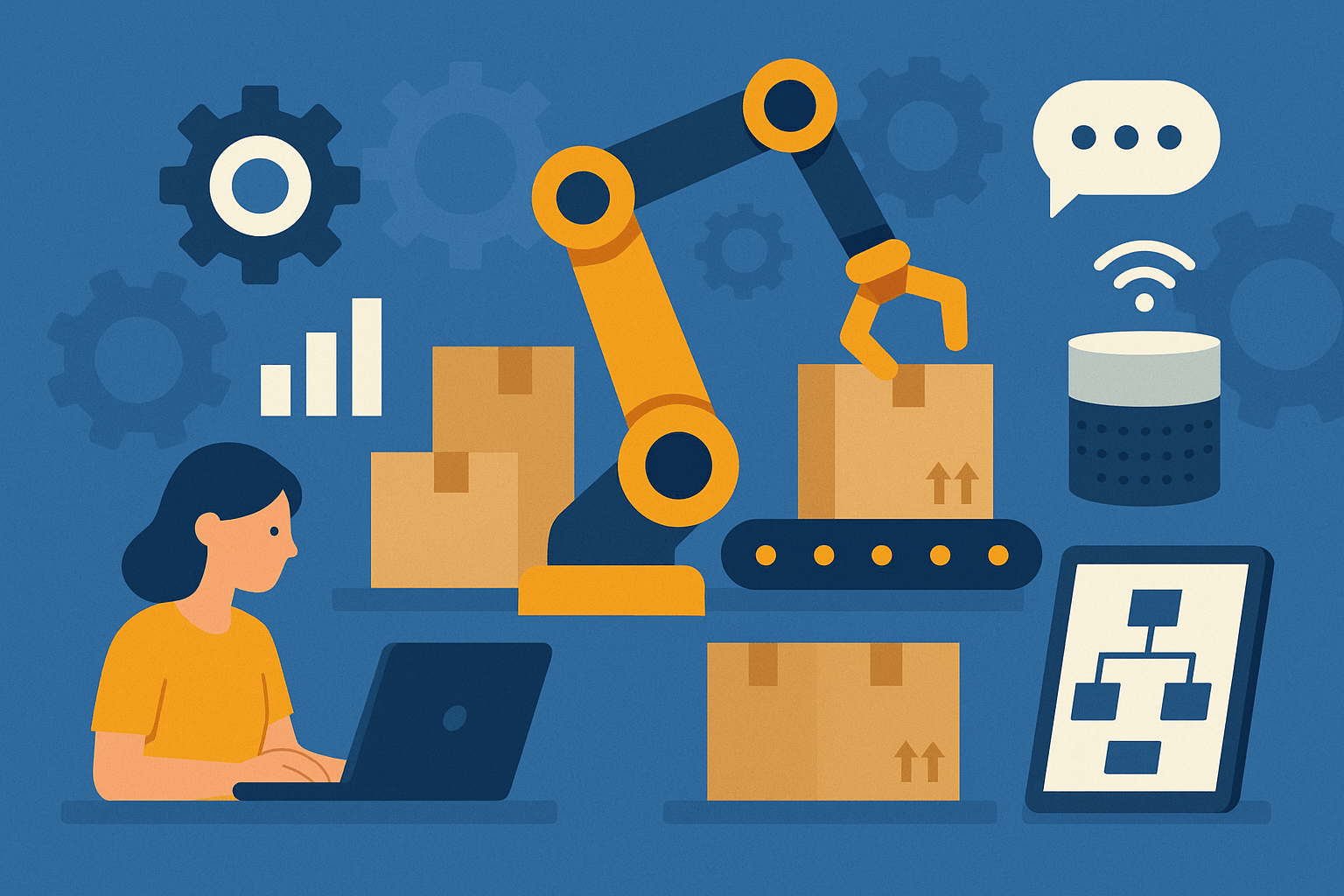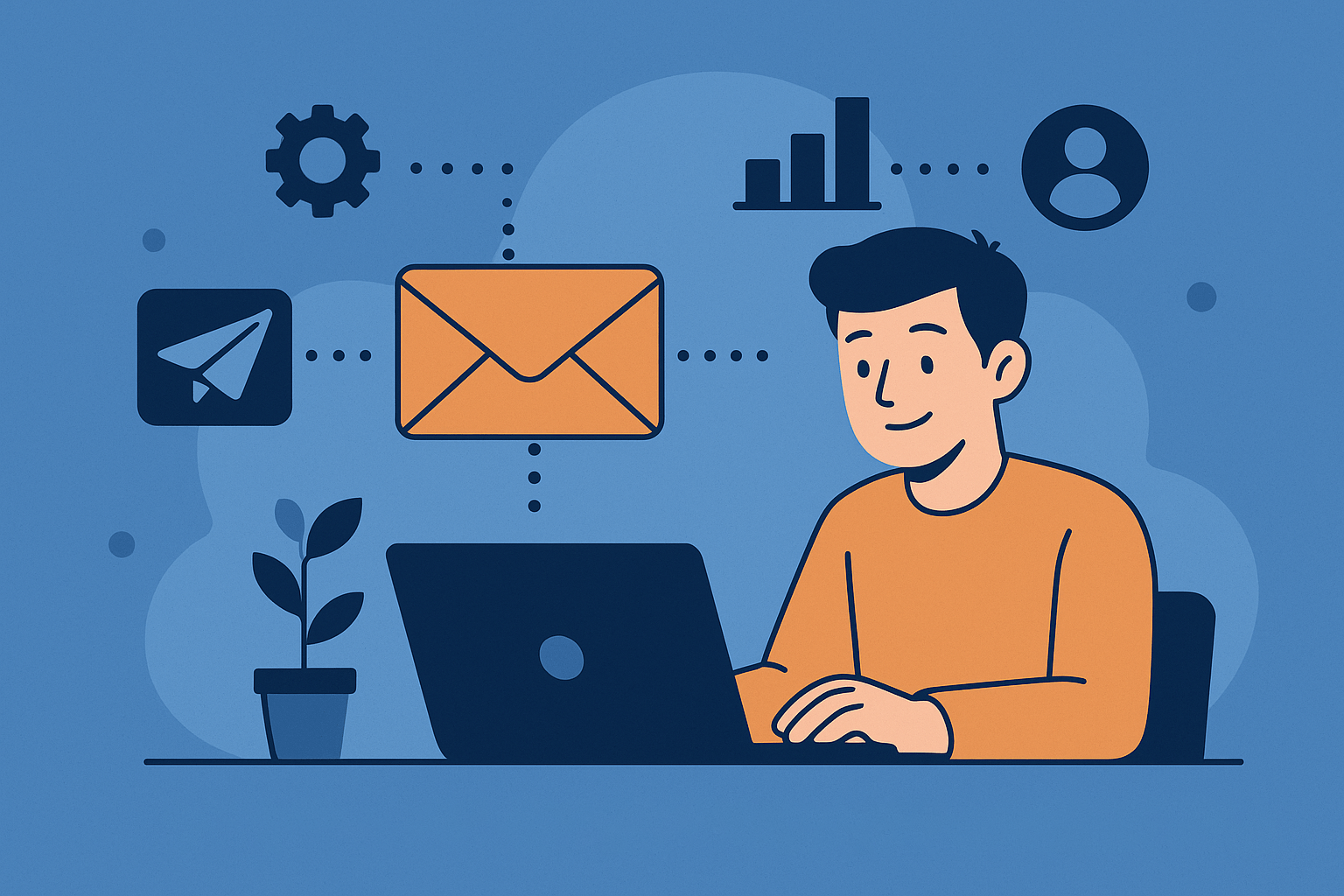Understanding Cloud Computing: Key Concepts Explained
Table of Contents
- What is Cloud Computing?
- Everyday Analogy
- Key Characteristics of Cloud Computing
- Types of Cloud Deployment Models
- 1. Public Cloud
- 2. Private Cloud
- 3. Hybrid Cloud
- Types of Cloud Services (The Cloud Stack)
- 1. Infrastructure as a Service (IaaS)
- 2. Platform as a Service (PaaS)
- 3. Software as a Service (SaaS)
- Real-Life Applications of Cloud Computing
- Benefits of Cloud Computing
- Potential Challenges
- Getting Started with the Cloud
- Conclusion
In today’s digital age, “the cloud” is everywhere — in our phones, our jobs, and even our smart fridges. But what exactly is cloud computing, and why is it so important? Let’s break it down into simple, human-friendly terms.
What is Cloud Computing?
At its core, cloud computing is the delivery of computing services — including storage, servers, databases, networking, software, and more — over the internet. Instead of owning physical servers or data centers, you can rent what you need from a cloud provider like Amazon Web Services (AWS), Microsoft Azure, or Google Cloud.
Everyday Analogy
Think of it like electricity. You don’t need to own a power plant to get electricity at home — you just plug in and pay for what you use. Cloud computing works the same way: on-demand, scalable, and pay-as-you-go.
Key Characteristics of Cloud Computing
Here are the main features that define cloud computing:
- On-demand self-service: Users can access resources like servers and storage without human interaction.
- Broad network access: Services are available over the network and accessible through standard devices like laptops or smartphones.
- Resource pooling: Cloud providers serve multiple customers from the same physical resources while ensuring security and privacy.
- Rapid elasticity: Resources can scale up or down as needed.
- Measured service: You only pay for what you use.
Types of Cloud Deployment Models
There’s no one-size-fits-all. Cloud computing comes in different forms:
1. Public Cloud
Owned and operated by third-party providers. Resources are shared but securely isolated. Example: Google Cloud Platform.
2. Private Cloud
Used exclusively by a single organization. Hosted either on-site or by a third-party provider.
3. Hybrid Cloud
Combines both public and private clouds, allowing data and applications to move between them for greater flexibility.
Types of Cloud Services (The Cloud Stack)
Cloud services are typically divided into three categories, often visualized as a stack:
1. Infrastructure as a Service (IaaS)
You rent IT infrastructure (servers, virtual machines, storage). Think of it as renting an empty apartment.
- Example: AWS EC2
2. Platform as a Service (PaaS)
You get a ready-to-use platform for developing, testing, and deploying apps. Like renting a furnished apartment.
- Example: Heroku, Google App Engine
3. Software as a Service (SaaS)
Fully functional apps delivered over the internet. You just log in and use them.
- Example: Gmail, Dropbox, Microsoft 365, Canva
Real-Life Applications of Cloud Computing
Cloud computing isn’t just for big tech companies. You’re probably using it every day.
- Streaming services like Netflix use cloud to deliver movies and shows.
- Backup and storage services like Google Drive store your files online.
- Online collaboration tools like Slack and Zoom rely on cloud infrastructure.
- E-commerce sites handle traffic spikes during sales using cloud scalability.
Benefits of Cloud Computing
Why are so many businesses moving to the cloud?
- Cost-efficient: No upfront hardware investments.
- Scalability: Easily grow or shrink as needed.
- Performance: Global data centers mean faster load times.
- Security: Top providers invest heavily in security.
- Disaster recovery: Cloud backups help in emergencies.
Potential Challenges
Of course, cloud computing isn’t without its hurdles:
- Downtime risks: Dependent on internet connectivity.
- Security concerns: Especially in shared public clouds.
- Limited control: Providers manage the infrastructure.
Still, with proper planning and reputable vendors, most of these challenges can be mitigated.
Getting Started with the Cloud
If you’re a developer, small business, or even a curious learner, getting started with cloud computing is easier than ever:
- Try out free tiers from AWS, Azure, or GCP.
- Explore tools like Cloudflare’s beginner guide to learn the basics.
- If you’re new to the idea of hosting websites altogether, check out our beginner’s guide on what web hosting is and how it works.
Conclusion
Cloud computing is no longer a futuristic concept — it’s the present and the future of how we store, access, and manage data. Whether you’re uploading a photo to Instagram or running an enterprise app, the cloud plays a silent but powerful role in your digital life.
Understanding these basics will help you navigate the tech world more confidently. After all, the cloud isn’t just in the sky — it’s all around us.







